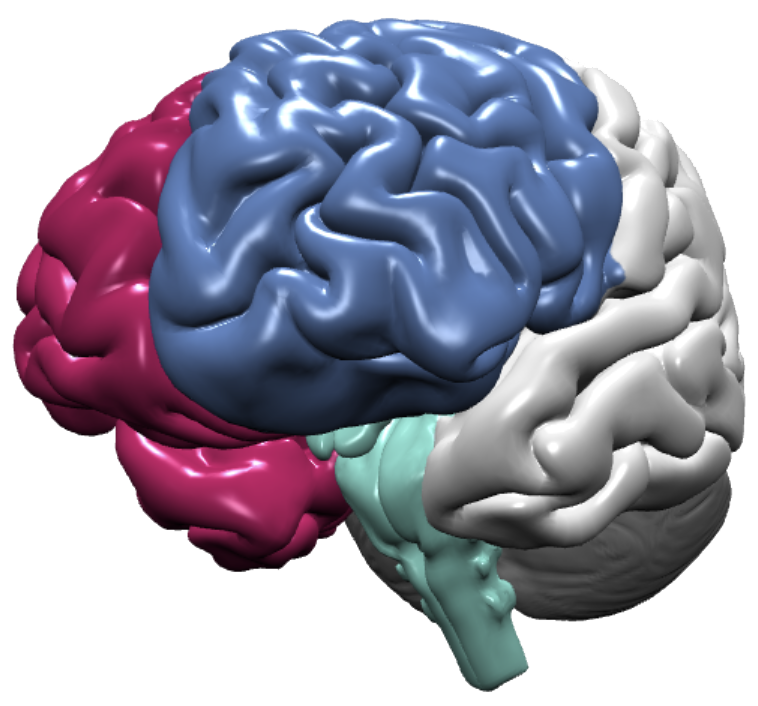- You are here:
- Dementia Carers Count: The Caring Experts
- Help and information
- Understanding dementia HUB
- The Brain Explained
Cerebral cortex
What we are looking at is the cerebral cortex. This is the outermost layer of the brain, otherwise known as grey matter. Although it is only a few millimetres thick, it accounts for about half of the weight of the brain.
The cortex has a folded surface, which, if flattened out, would be much larger than it looks. The folds allow the cortex to accommodate a large surface area in the limited space in the skull. This allows more neurons to be packed into the cortex and maximises the brain’s processing power.
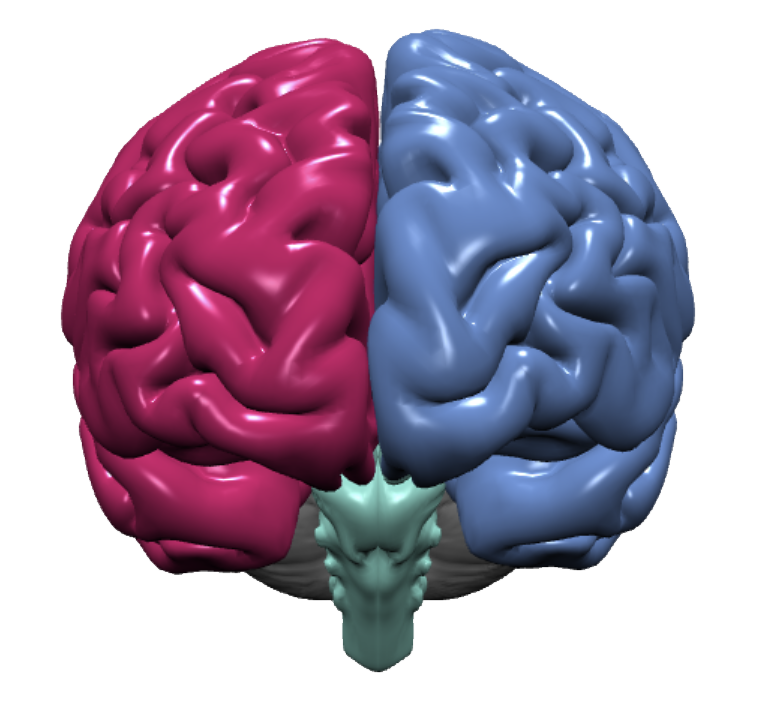
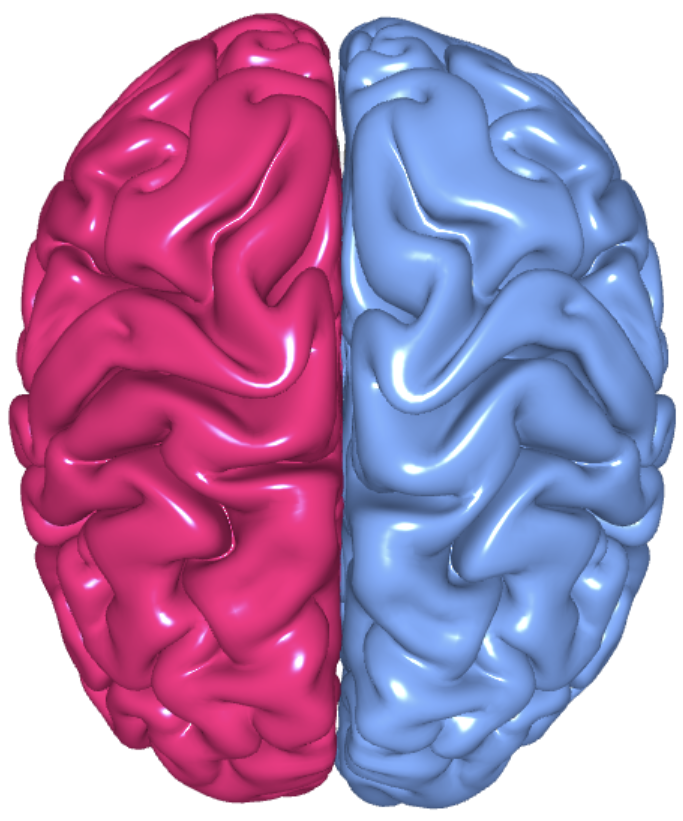
Brain power
Neurons – otherwise known as nerve cells – are the cells of the brain. They pass electrical impulses with the help of chemicals called neurotransmitters, relaying information across the brain and from the brain to the body and back again.
Below the cortex are various sub-cortical structures which are involved in many different complex activities. We will mainly focus on the cortex as this is primarily what is affected by dementia.
Sections of the brain
Left Hemisphere
The left hemisphere tends to be thought of as our ‘computer’ brain, a centre of logic and facts. Most dementias affect the left hemisphere first.


Right Hemisphere
Our right hemisphere is more about our emotional memories and creative abilities. Right hemisphere skills may be retained for longer.
Each hemisphere contains four lobes, connected to each other by a superhighway of neurons called the corpus callosum. So altogether we have eight lobes, four on the right and four on the left. The lobes of the brain are:
Occipital lobe
The occipital lobe is the primary visual centre and it works in tandem with the eye to help us interpret what the eyes are looking at. The occipital lobe helps us judge distance, speed, depth and controls our field of vision.
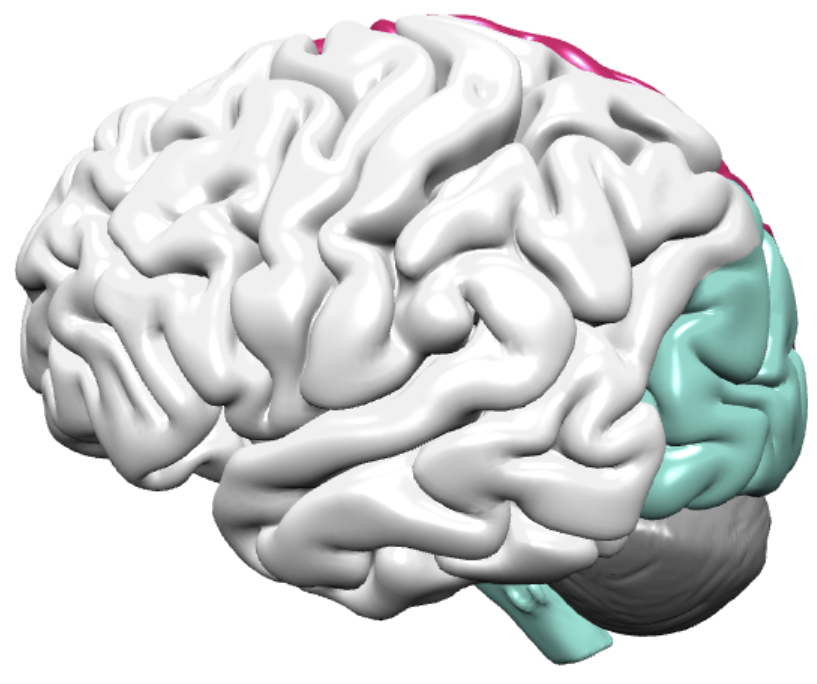
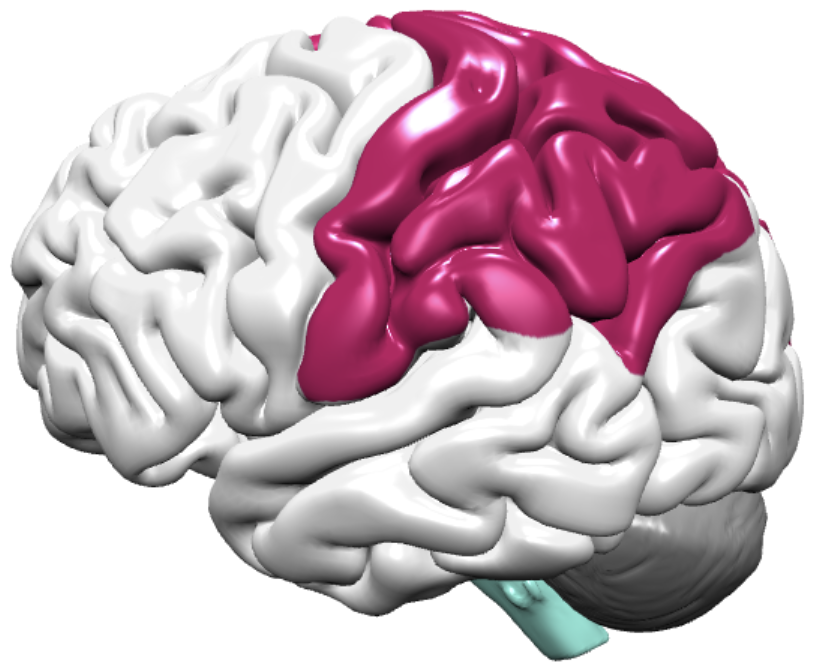
Parietal lobe
Next to the occipital lobe lies the parietal lobe, which plays a role in developing reading skills. It’s also the part of the cortex that interprets sensation such as touch, temperature, pain and proprioception or the position of the body in space.
Temporal lobe
The temporal lobe contains the primary auditory cortex, which sits at the side next to the ear. This is where the brain makes sense of the sounds the ears capture, such as discerning birdsong from speech. The temporal lobe is heavily involved in understanding language and speaking and is where we store knowledge about objects, for example understanding what a fork is and how it’s used and knowing how it is different from a knife.
Finally, we have one of our memory centres deep in the temporal lobe on the border of the limbic system which we will touch on later. A small structure called the hippocampus, is involved in memory, especially recalling new information but it also helps in reconstructing longer term memories
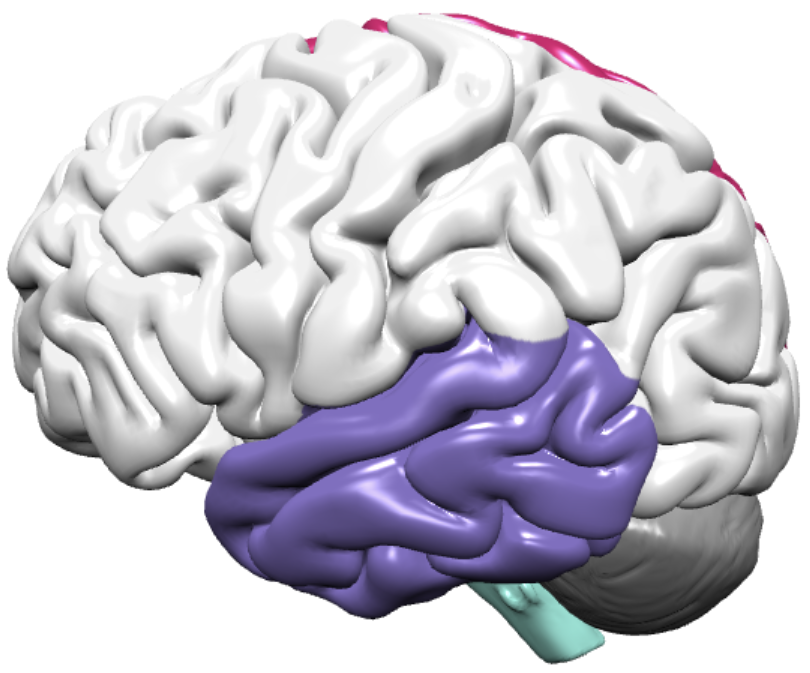
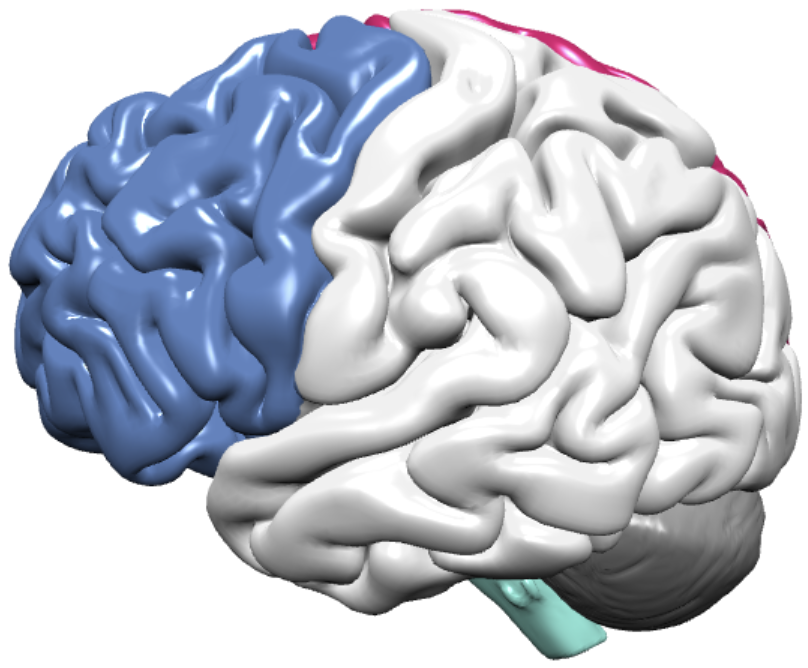
Frontal lobe
The frontal lobe has a role in controlling our impulses and social behaviour. It’s what stops us saying out loud what we may be thinking if we know it would hurt someone’s feelings. It also helps us to be empathetic and put ourselves in someone else’s shoes. In addition, the frontal lobe is our centre of executive functioning. This includes cognitive skills such as planning, organising, problem solving, concentrating, anticipating, reflecting etc.
Sub-cortical brain
Beneath the cortex lies the limbic system which is a set of structures in the brain that deal with emotions and memory. The amygdala is also part of the limbic system and is one of the structures in the brain that processes emotion. It also helps us to assess threats, manage fear and drives our ‘fight or flight’ reactions.
